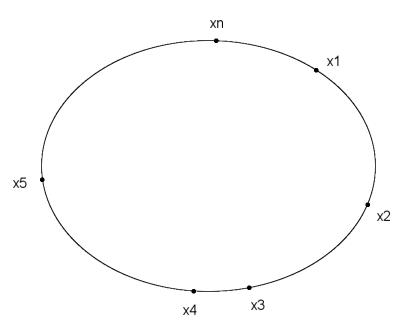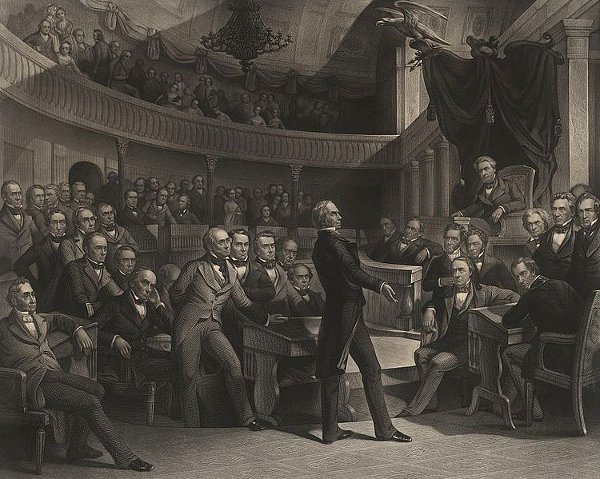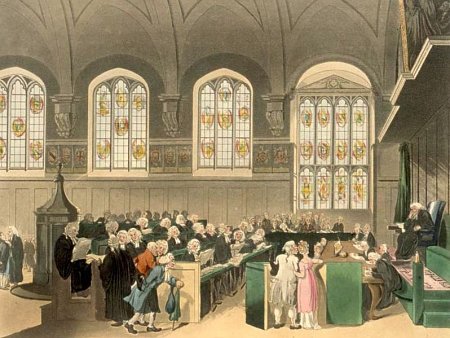
In 1987, Gerald L. Printz addressed a familiar problem:
The use of chopsticks requires a great deal of dexterity, making their use impossible by those without training, and often making their use undesirable by those who do not use them regularly, but who do not wish to risk the embarrassment of dropping or otherwise mishandling the food they are eating. … Accordingly, those wishing to avoid embarrassment while eating often must break with Oriental custom by opting for the less-embarrassing and less enjoyable alternative of using Western-style utensils when eating Oriental cuisine.
Printz’s invention solves this by adding detachable Western-style utensil heads (forks, spoons, etc.) to the sticks’ ends, “which does not require the skilled manipulation of chopsticks.” He notes that even skilled users of chopsticks might prefer this when eating rice or noodles, “due to the tweezerlike manner in which chopsticks grasp such foods.”





